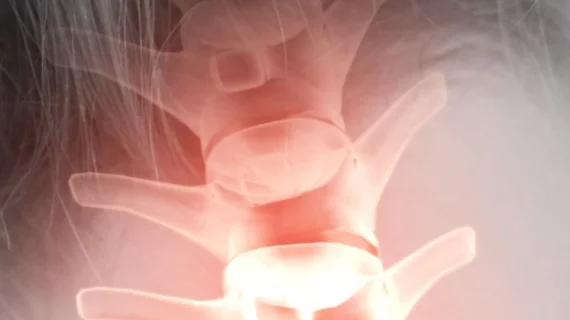Siemens Healthineers, NuVasive working together on advances in minimally invasive spine surgery
Siemens Healthineers and NuVasive, a spine technology company, have announced a new strategic partnership aimed at improving patient outcomes associated with minimally invasive spine surgery.
Described as a “Spine Precision Partnership,” the two companies will team to develop new technologies with such goals as improving operating room (OR) workflow and increasing precision. The partnership’s first project, for example, will involve integrating NuVasive’s Pulse automation platform with Siemens Healthineers’ Cios Spin mobile 3D imaging solution.
“Currently, a number of hospitals and healthcare systems treat patients undergoing spine surgery through often cost-intensive, intra-operative CT scans with a general navigation system with limited utilization in spine surgery cases,” Gregory T. Lucier, chairman and CEO of NuVasive, said in a prepared statement. “The combination of NuVasive’s Pulse system and the Siemens Healthineers’ next-generation advanced imaging technology provides a compelling offering for hospitals and surgeons who require a scalable, cost-efficient technology that maximizes OR workflow efficiency and significantly improves visualization for spine surgery. We firmly believe that this combined offering will enable advanced clinical benefits driving superior patient outcomes, delivered through greatly improved visualization of the anatomy promoting successful anatomical access and spinal implant placement.”
“We at Siemens Healthineers are excited to work with NuVasive to develop intra-operative 3D-imaging and navigation tools for our advanced imaging systems that empower spine surgeons and neurosurgeons to be more precise, faster and cost efficient in the operating room,” Peter Seitz, head of surgery at Siemens Healthineers, said in the same statement. “Increased workflow efficiency, better image quality, as well as predictable and reproducible results, will transform care delivery and set a new standard in spine surgery.”

